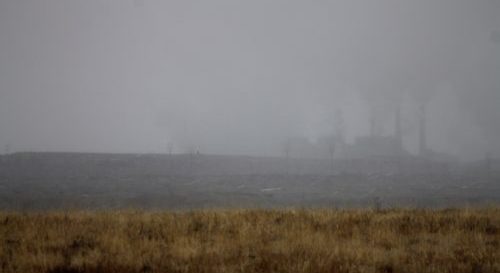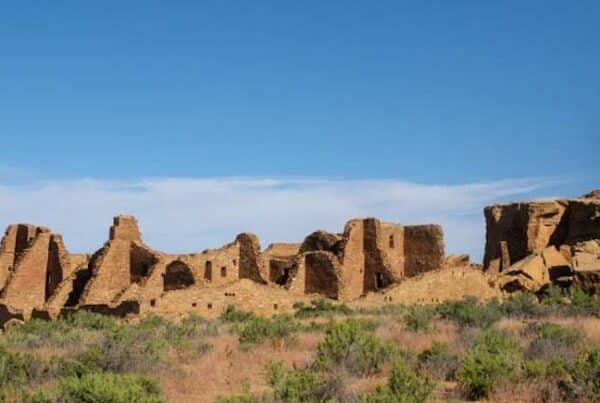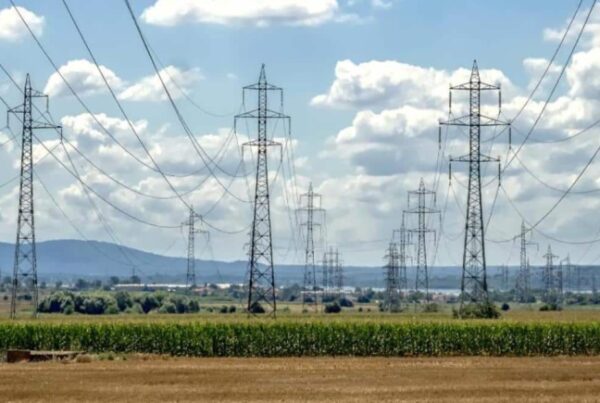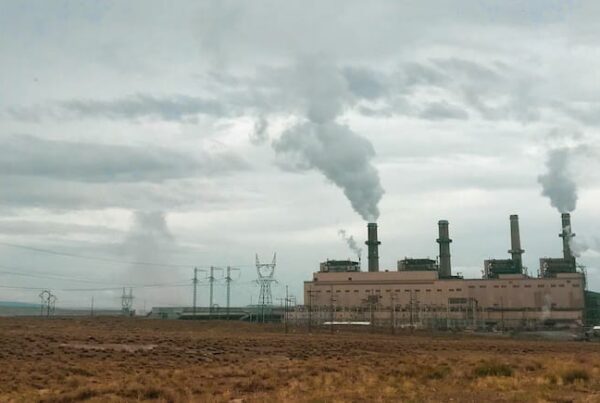A few weeks ago, we sent forth our champion with bated breath and hopeful expectations to plead our case before Tri-State, to please allow us to generate more electricity locally here at home in La Plata Electric Association’s service area.
We hoped to increase the miserly 5 percent we are currently allowed to generate locally under our contract with Tri-State to a slightly more robust 10 percent. We wanted to walk our talk and produce clean, renewable energy and also capture some of our money now flowing out of Durango that ends up in Craig or Springerville, Arizona, to pay the bills for coal-fired electricity.
But the masters at Tri-State are wise and experienced. Somehow, our LPEA champion voted with all of the other Tri-State representatives to oppose our own request. One can imagine the Jedi masters at Tri-State waving their hands across the face of our beleaguered champion and intoning, “You are here to represent Tri-State’s interests, not those of your co-op,” and our champion meekly responding, “Yes, master.”
And thus, once again, local desires for cleaner energy and local control over our energy future are stymied by the behemoth Tri-State. LPEA is one among 43 member cooperatives of Tri-State, which is the generating and transmission entity that sells us our electricity. By terms of a contract we are locked into for the next 35 years, we are limited to generating just 5 percent of our electricity locally. And nearly all of our 5 percent piece here in the LPEA service area is produced by capturing waste heat generated by burning fossil fuels at a natural gas processing plant, not from the sun or wind or water. Hence, the urge to spread our wings and build out energy sources that express our community values and desire to spend our money locally.
Tri-State’s objection to local energy generation apparently stems from the idea it might reduce electricity sales, and with less revenue, perhaps Tri-State has to raise electric rates to other member co-ops in Wyoming or Nebraska that aren’t interested in generating any local electricity. LPEA’s executive, Mike Dreyspring, has drafted a white paper that refutes those claims, an analysis we hope the LPEA board deems worthy of sharing with co-op members like you and me.
Tri-State is under siege from many directions. Not only is LPEA agitating to raise the 5 percent cap, but so are other co-ops such as United Power in Brighton, outside Denver. The city of Socorro, New Mexico, wants to entirely disband its electric co-op. Delta-Montrose Electric Association has attempted an end run around Tri-State’s 5 percent cap by applying a federal law that requires the purchase of locally generated power from qualifying facilities. And of course, Kit Carson Electric in Taos, New Mexico, simply pulled the plug on Tri-State and left all together for greener electric pastures.
Perhaps Tri-State has a glut of electricity and opposes actions that might reduce the demand from local co-ops, like generating more of their own power. But Tri-State also calculates it needs to construct 900 megawatts of new fossil fuel-generated electricity in the next 15 years, all from burning natural gas. Why not share the risk with willing local co-ops, like LPEA, and let the co-ops build new capacity instead? What sense does it make for Tri-State to start building new gas-fired power plants in a few years while objecting to LPEA and others building solar plants?
It’s a power struggle that won’t soon end. Will Tri-State bend to the wishes of its member co-ops? Or will it shatter under competing stresses it’s incapable of addressing?
This content first published in The Durango Herald’s “Thinking Green” column here.




